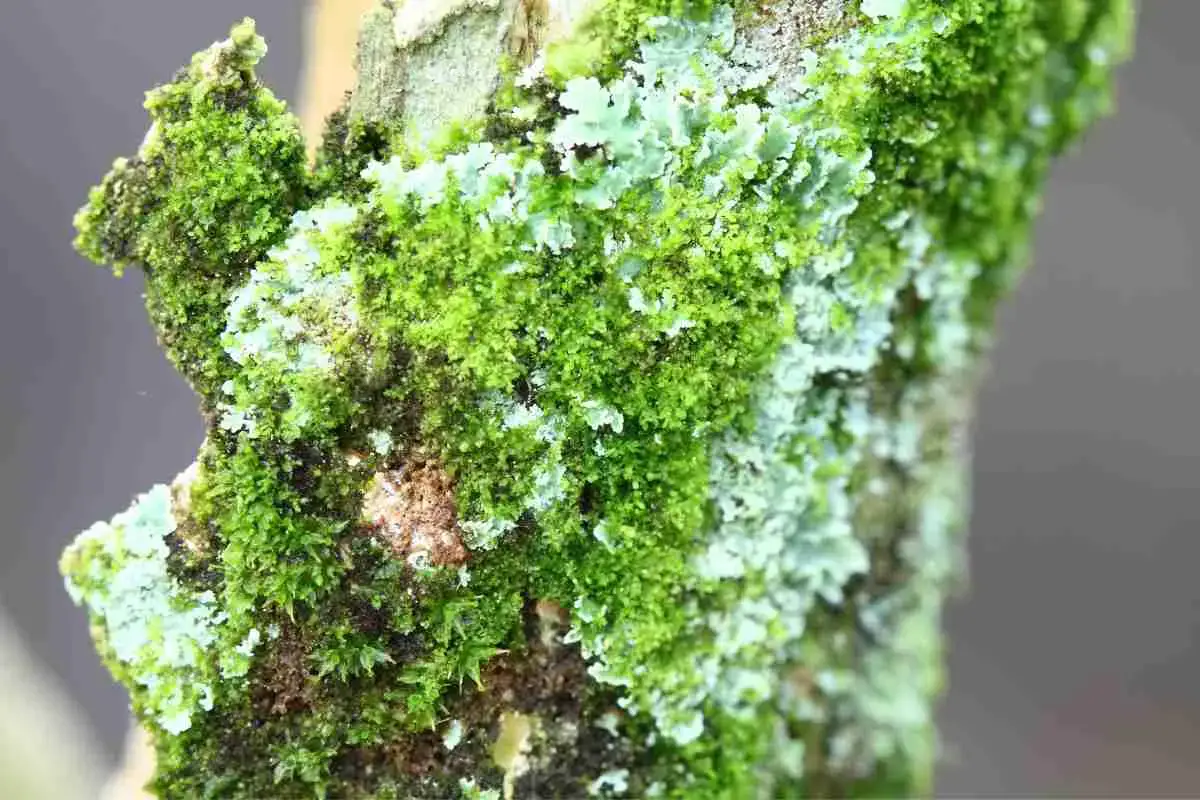
What Do Lichens Eat?
Read more
Floating Moss Balls: Why Do They Float?
Read more
7 Ways To Permanently Remove Moss From Concrete
Read more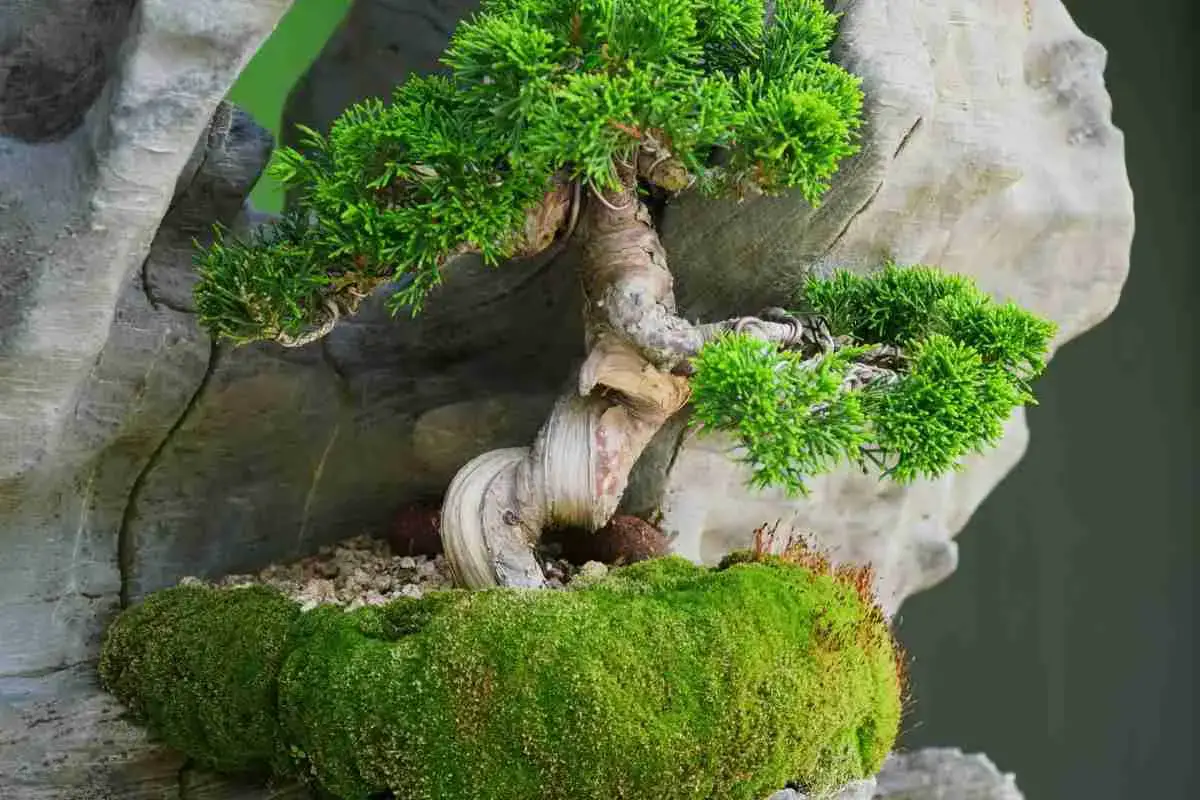
Sphagnum Moss For Bonsai: Is It Safe?
Read more
7 Easy Steps To Make An Outdoor Moss Wall
Read more
How Fast Does Moss Grow? Detailed Guide
Read more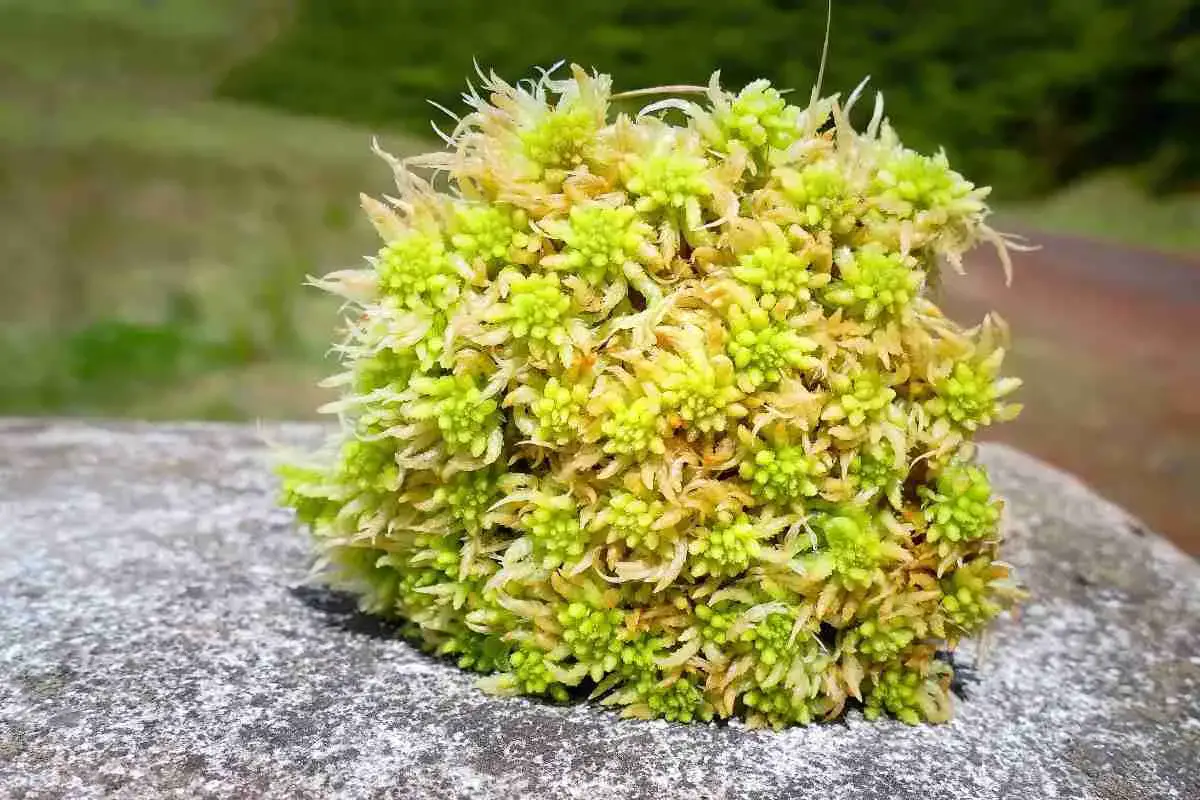
Does Sphagnum Moss Turn Green? Live Or Dried
Read more
Is Moss Edible? Top 5 Edible Mosses
Read more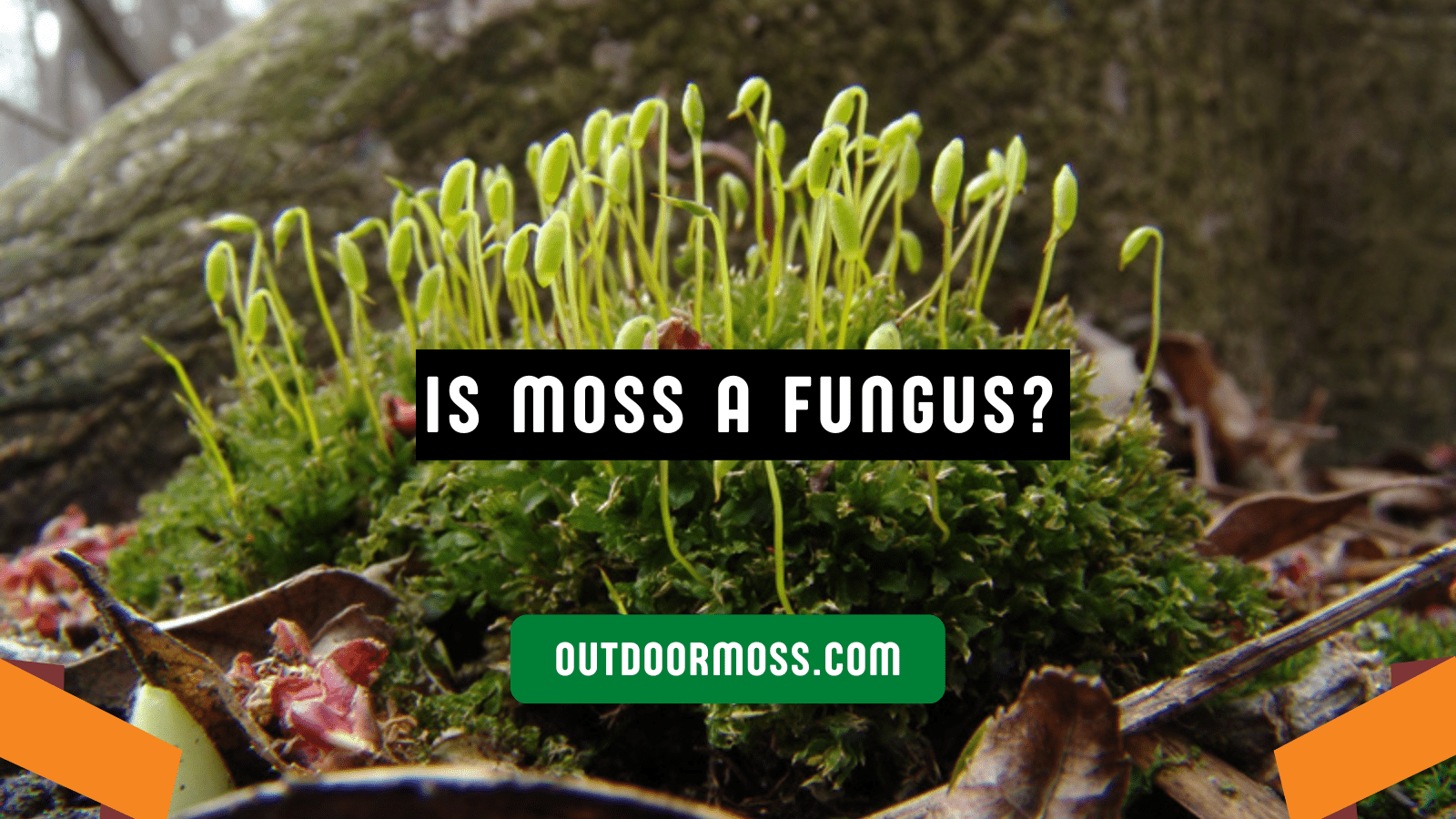
Moss vs. Fungus: Exploring the Differences and Why It Matters!
Read more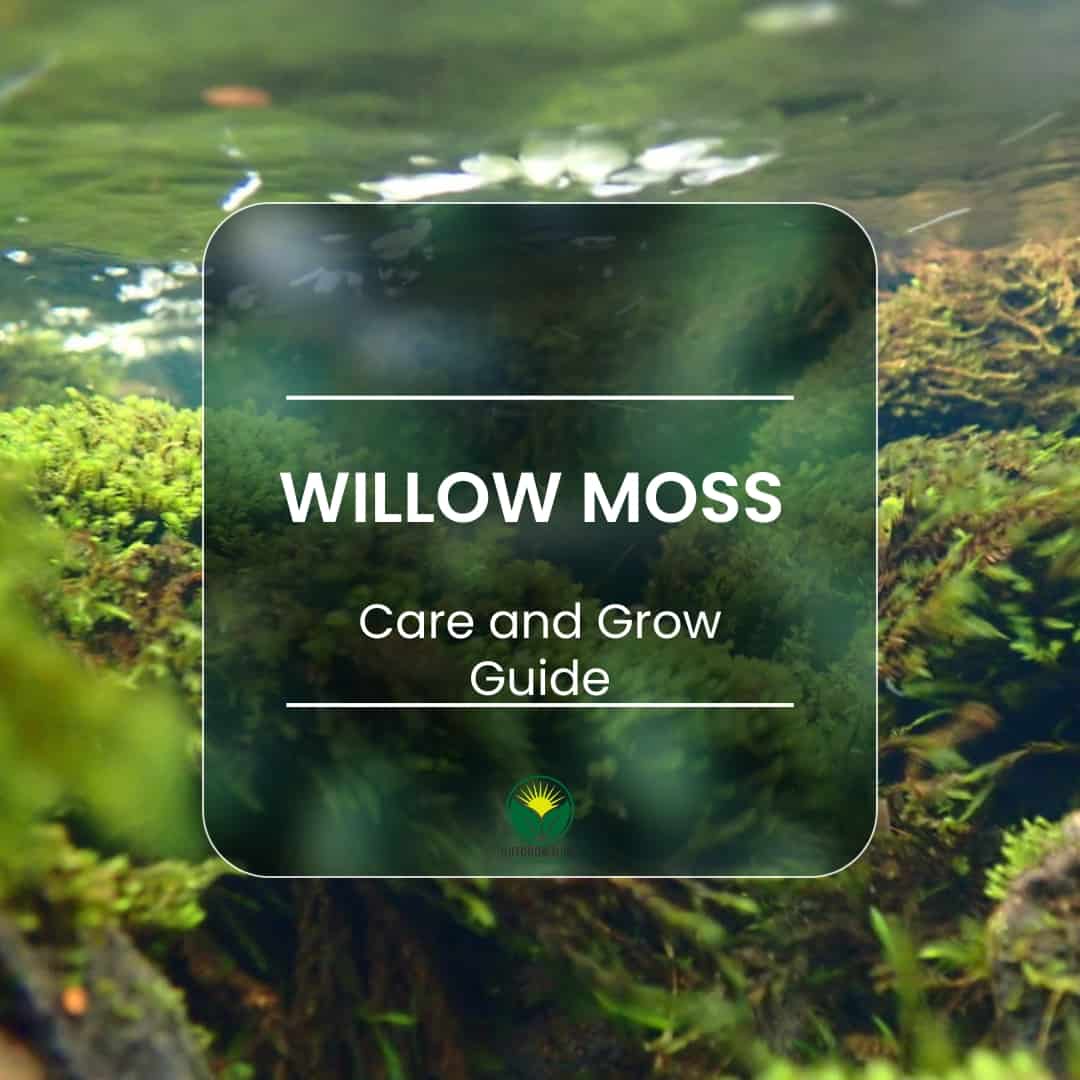
Willow Moss (Fontinalis Antipyretica). The aquatic moss par excellence. How to take care of it and make it grow in aquarium
Read more
5 Best Moss Killers for Block Paving
Read more